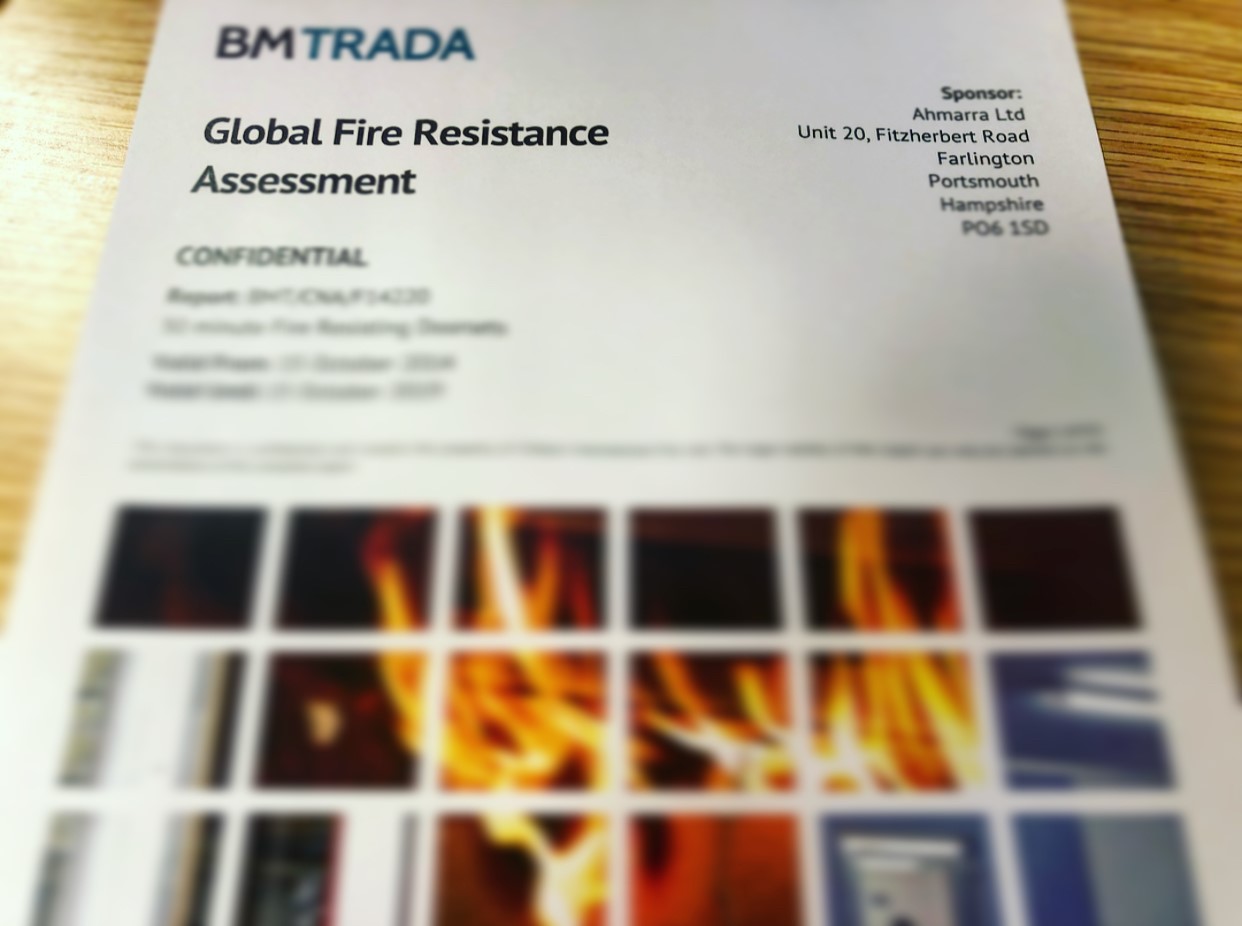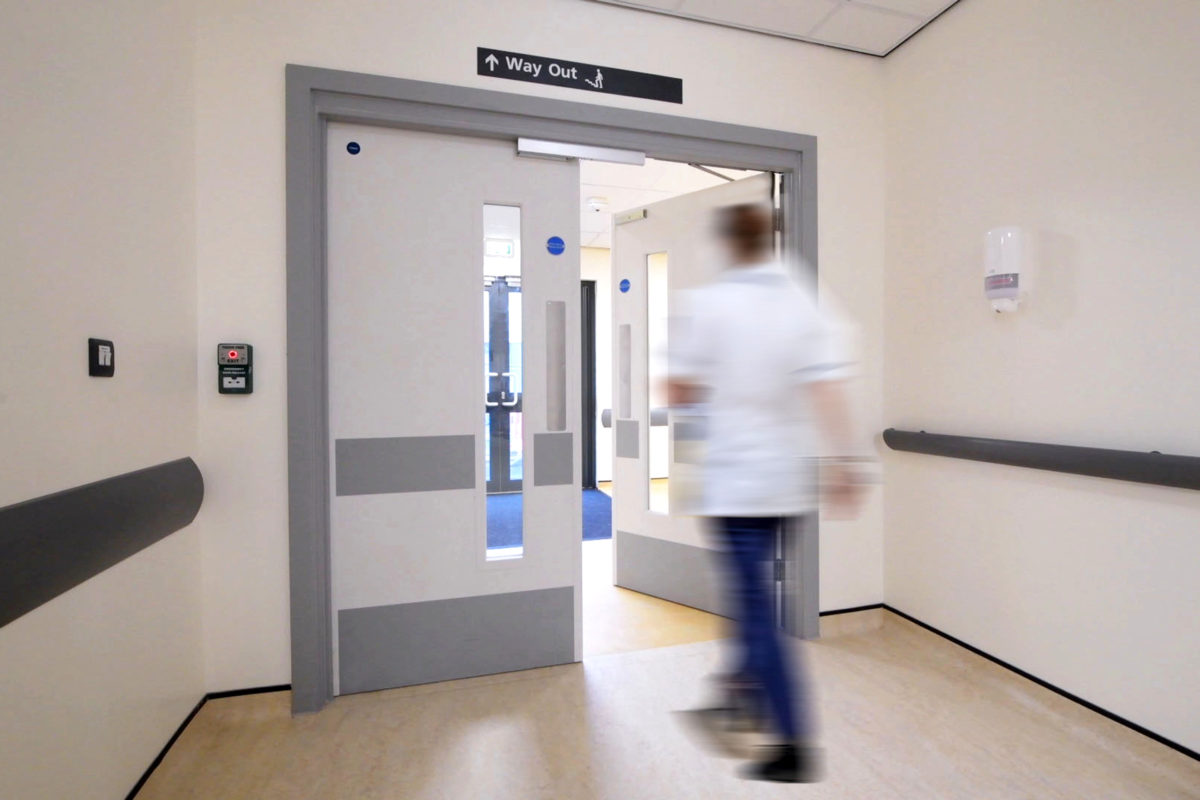There seems to be much confusion recently regarding the use of assessments in fire door certification and Ahmarra would like to clarify our position and hopefully pass on our knowledge of the systems in place.
Primary Evidence vs Assessments
We strongly believe that both methods should remain a valid route to fire door certification but that more controls need to be in place to ensure that manufacturing and installation exactly match the requirements of either the primary tests and/or global assessments.
What is Primary Test Evidence
Primary evidence derives from a fire test by a named manufacturer at a UKAS laboratory. Test reports are statements of fact and therefore only apply to exactly what has been tested – no more and no less.
What are Assessments
Assessments are to be written by qualified fire consultants. Assessments are statements of expert opinion based on observed test performance. They allow both engineering expertise and the experience accumulated from other tests to be added to the facts of a particular test. There are two basic types of assessment: Global Assessments and Job Specific Assessments.
Global Assessments
Once the primary tests have been completed successfully, the test house will write a Global Assessment report that will bring together the test data into a single document which will explain the full scope of the product. Global Assessments can bring together the results of multiple tests and provide a scope based upon all of the evidence.
Assessments cover various aspects of design including:
- The use of overpanels and how to install them.
- Acceptable increases in leaf dimensions (height and width).
- Acceptable changes in doorset configurations (single leaf, double leaf, single acting, double acting).
- The use of and installation of glazing and the option to use various glass types.
- Door frame variations
- Ironmongery components
- Fire, smoke and acoustic control requirements
Ideally Global Assessments should only be used as part of a third-party certified scheme such as Q-Mark Fire Door Manufacture or Certifire. This ensures that the manufacturing process is regularly monitored and audited and the manufacturer is required to undertake a fire test periodically to meet the Global Assessment.
Why can’t I just request Primary Test Evidence?
Fire doors are required in a wide array of buildings and due to this there is a requirement for a wide variety of designs to suit anything from heritage restoration projects to schools and hospitals to luxury, contemporary buildings, and everything in between.
It’s highly unlikely, particularly in large buildings, that a single model of fire door can be specified throughout a project. The sheer number of possible combinations makes it impossible to test every variation.
As an example; Ahmarra’s airport range has over 300 door types which covers single doors, double doors, glazing, ironmongery, closers etc. Therefore, our primary test for the airport doorset has been incorporated into our own Global Assessment to enable us to cover all 300 doorset permutations required but it is still based on primary test evidence.
Whilst it is possible to manufacture directly from a Primary Test it will limit you to exactly as tested on the original fire door test.
In conclusion
In order to offer the widest possible choice to clients, Ahmarra will continue to support the use of Global Assessments under a strictly monitored third party scheme such as Q-Mark, as is standard practice in the fire door industry.
We will also continue to invest in our own Primary Testing to build our own library of tested products as well as undergoing fire door audit tests as part of our Q-Mark manufacturing Scheme requirements, which ensure that we manufacture as per the Global Assessment.
Author: Vicki Boulton
Vicki is our Marketing and Compliance Manager. An established marketeer, Vicki also oversees Ahmarra’s quality and compliance systems and audits as well as representing Ahmarra at ASDMA technical meetings. (Architectural and Specialist Door Manufacturers Association).






